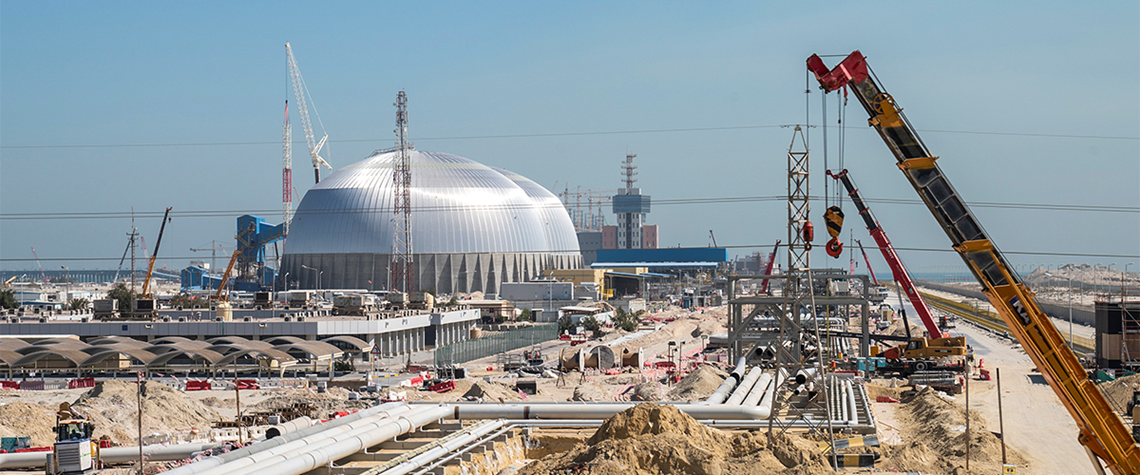Refining Report: Major projects under way in Middle East
Countries in the region are expanding plants and building grassroots facilities, with countries in Africa keen to cut their fuel import bills
The Middle East is forecast to add approximately 1.6m b/d of new distillation capacity between 2022 and 2027, according to OPEC. Around 38% of this new capacity is attributed to the startup of Kuwait’s 615,000b/d Al Zour refinery, the region’s largest refining complex. However, several Middle Eastern countries are also investing in new capacity through facility expansions and/or grassroots facilities. These projects not only include increasing distillation capacity but also boosting secondary unit capacity by 3m b/d by 2028. Most secondary unit capacity additions (more than 2m b/d) will be in new desulphurisation units to produce high-quality, ultra-low-sulphur (ULS) fuels for both domestic

Also in this section
5 December 2025
Mistaken assumptions around an oil bull run that never happened are a warning over the talk of a supply glut
4 December 2025
Time is running out for Lukoil and Rosneft to divest international assets that will be mostly rendered useless to them when the US sanctions deadline arrives in mid-December
3 December 2025
Aramco’s pursuit of $30b in US gas partnerships marks a strategic pivot. The US gains capital and certainty; Saudi Arabia gains access, flexibility and a new export future
2 December 2025
The interplay between OPEC+, China and the US will define oil markets throughout 2026







